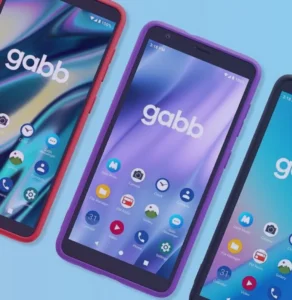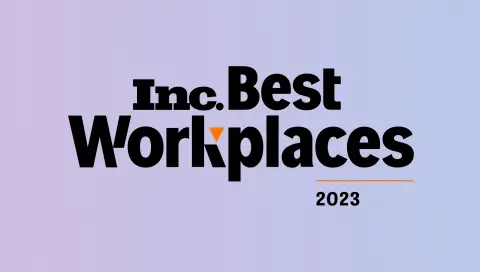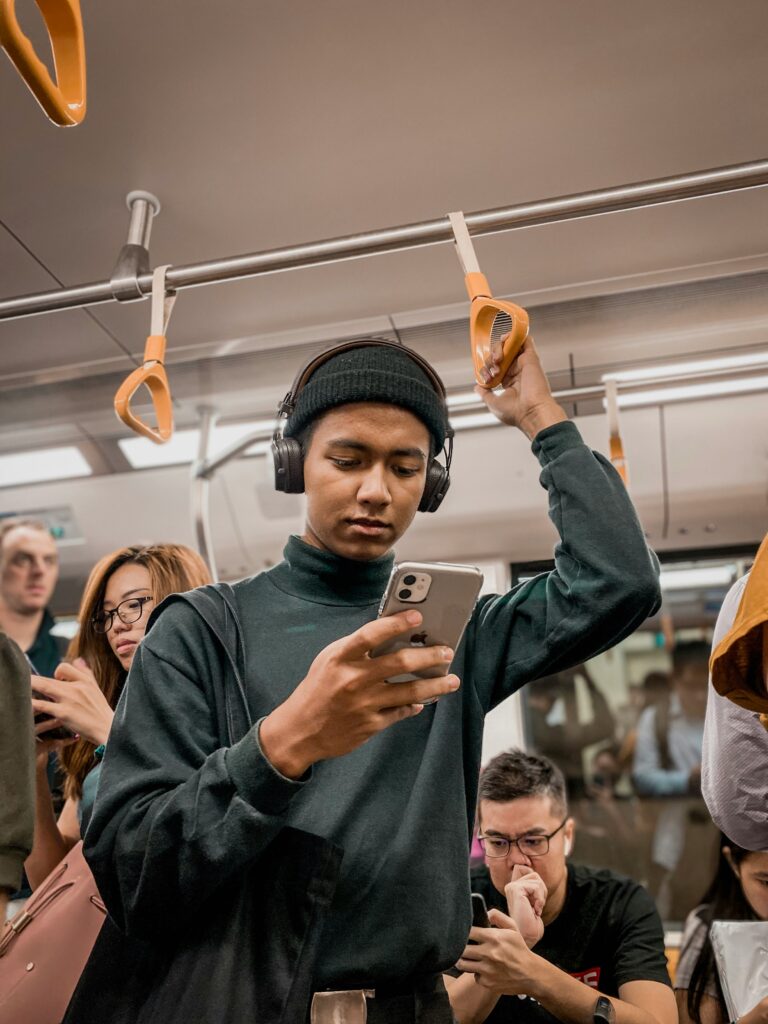Photo by Rasheed Kemy on Unsplash
Welcome back to CHANNELS, where we discuss the most popular programmatic advertising channels in depth to help you decide if they are right for your marketing strategy. Last week we discussed Programmatic Direct Mail, which sent us down a rabbit hole. Today, we’re talking about Sticky Ads, and why they have us glued to the screen.
Introduction
Stay top of mind now and in the future with sticky ads. Also known as adhesive or anchor ads, they are a type of display ad, which, true to their name, stick to the side of the screen as a reader scrolls down the page.
Sticky ads help combat banner blindness and increase viewability, as they follow users around the screen without being intrusive to the overall reading experience.
A study by the Coalition for Better Ads found that sticky ads were the first and second most preferred advertising formats on mobile (out of 49 ad types) and in the top 10 most preferred on desktop (out of 55 ad types).
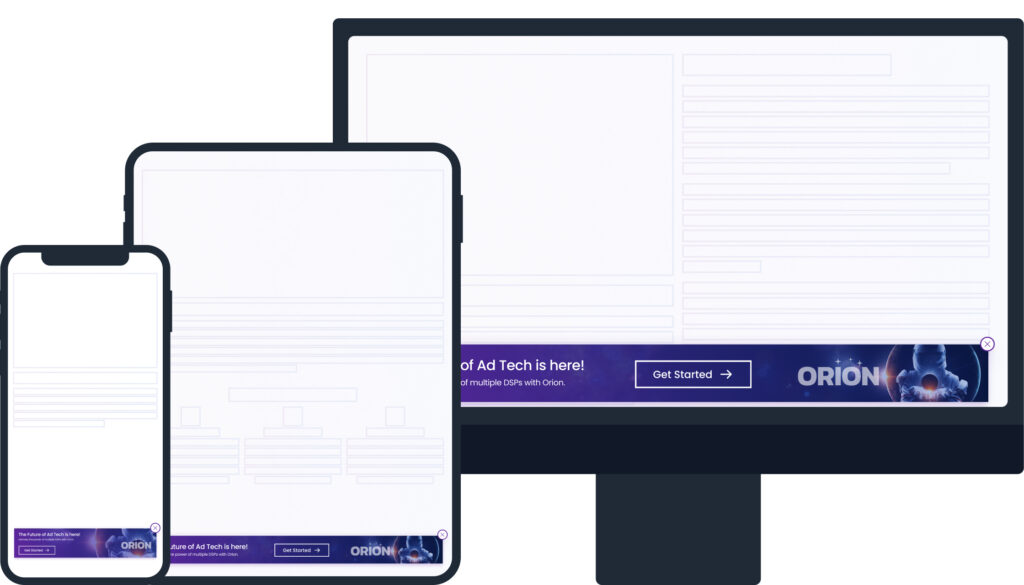
What are the benefits of sticky ads?
The stickiness of sticky ads provides pros to both publishers and viewers, and programmatic advertising allows this format to be truly customizable and compelling.
Non-intrusive
When done correctly and not overloading the page, users do not find sticky ads to be intrusive, especially compared to formats like popups. Programmatic advertising enables you to target the exact demographic who might be interested in your product or service, providing a good experience for both users and advertisers.
This combination of factors may be why this study found that sticky ads received 9x more clicks than traditional banner ads.
High viewability
Sticky ads meet the minimum IAB and MCC requirements for viewability, since more than 50% of pixels are viewable for a second. Higher viewability can lead to more conversions, or greater web page monetization. In fact, a study found that sticky ads received 300% of viewing time compared to a traditional, non-programmatic banner ad.
Highly customizable
Sticky ads can be placed all over the page, in different sizes and configurations, so they can be designed to perfect specifications. Some also allow users to close the ad, which gives the positive feeling of being able to choose your experience.
What are the KPIs of sticky ads?
Here are a few ways you can measure the results of your sticky ad campaigns:
- Impressions: How many total times was the ad served (including multiple times to the same household)
- Click-through rate: How many times was the ad clicked
- Cost per thousand (CPM): Total cost of campaign divided by Total number of impressions times 1000
- Reach: The number of unique viewers reached
- Return on Ad Spend (ROAS): Revenue of campaign divided by total spend
- Conversions: How many people completed the intended action of your campaign
- Cost Per Acquisition (CPA): Divide the total revenue generated by the number of conversions
What are the types of sticky ads?
Sticky ads can be many shapes and sizes, since the format is a technical feature, not a specific ad type. There are no official guidelines, but we’ve listed the most common below:
Horizontal
Horizontal sticky ads ads appear on top (header) or bottom (footer) of the web page, often spanning the width of the page.
Vertical
Vertical sticky ads appear on the left or right (sidebar) of the webpage.
Sizes
Here are the most common sizes of sticky ad, in pixels:
- 300 x 250
- 300 x 600
- 160 x 600
- 728 x 90
Sticking to these formats can ensure that your ad does not disrupt the browsing experience, whether through causing slow loading times, or through interrupting the look of the page, which users can find jarring.
What should I consider when designing a sticky ad?
There are a few ways to make your sticky ads pop.
- Keep text to a minimum. Ensure that your message is crystal clear. People generally skim rather than read, so using short, engaging messages can help drive your message home.
- Make your CTA super clear. Make sure that people know exactly what they need to do as a result of your ad.
- Keep it on brand. Make sure you’re using your brand’s correct colors and fonts.
How do I buy sticky ads programmatically?
There are several ways to purchase programmatic ads.
You can use a Demand Side Platform to set up a real-time bidding campaign. Some of the industry leading DSPs are The Trade Desk, Amazon Ads DSP, Google’s DV360, Zeta, Basis, and Quantcast. However, using a DSP requires a minimum spend that can be outside of your budget.
Working with Version2 and ORION
You can also purchase this format through our proprietary platform ORION, which is an all-in-one ad tech platform that gives you access to cross-DSP campaign creation, unified analytics, and always-on support, with no minimum spend.
Our team of industry experts help you onboard and set up your campaign, including helping you navigate your many buying options. We provide creative services on request. Want to dive into the world of programmatic advertising? We’re excited to help and find a solution for you.
